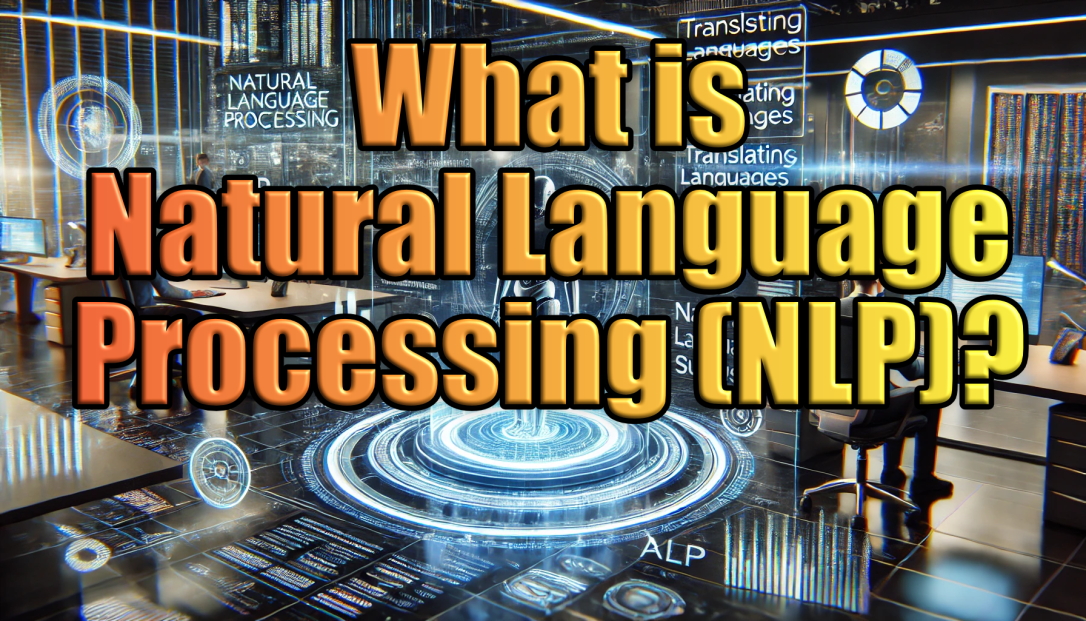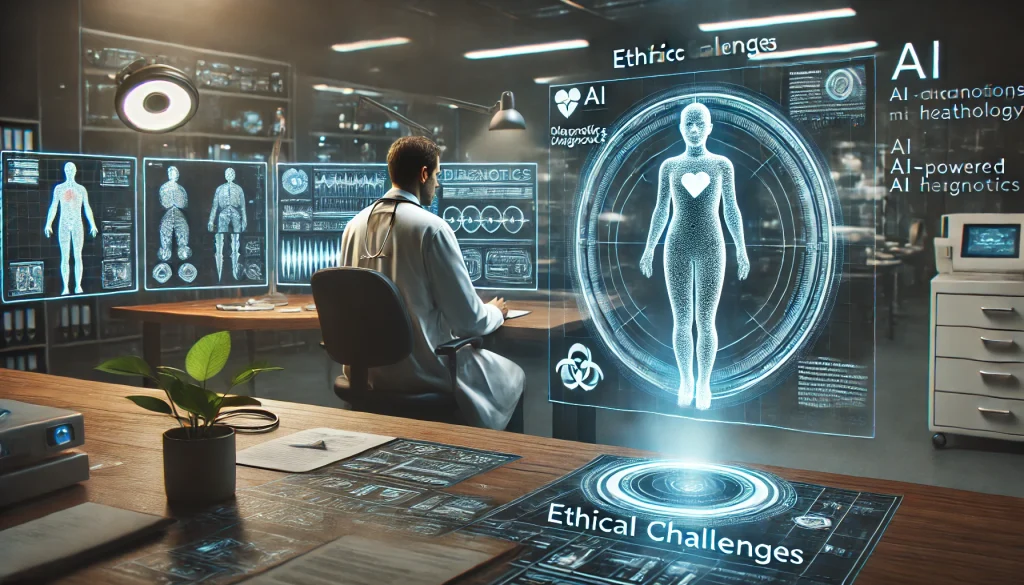Introduction
Natural Language Processing (NLP) is a critical branch of Artificial Intelligence (AI) that focuses on the interaction between computers and human language. From voice assistants like Siri and Alexa to chatbots and translation services, NLP enables machines to understand, interpret, and respond to human language. But what exactly is NLP, how does it work, and why is it so important? Let’s explore.
1. What is NLP?
At its core, Natural Language Processing is about teaching machines to understand human language in both spoken and written forms. It combines linguistics, computer science, and AI to process and analyze large amounts of natural language data.
- Definition: NLP is a subfield of AI focused on enabling machines to comprehend and interact using human language.
- Goal: The ultimate goal of NLP is to bridge the gap between human communication and machine understanding, allowing seamless interaction between people and technology.
Fun Fact: Every time you use a search engine, NLP is at work, helping understand your query and deliver relevant results.
2. How Does NLP Work?
NLP involves multiple steps to process and understand language:
- Text Preprocessing:
- Tokenization: Breaking down sentences into individual words or phrases (tokens).
- Normalization: Converting text to a standard format, such as lowercasing or correcting spelling errors.
- Stopword Removal: Removing common words (like “and,” “the”) that don’t add much value.
- Understanding Context:
- Syntax Analysis: Understanding the structure of sentences (grammar).
- Semantic Analysis: Extracting meaning from text, understanding context and relationships.
- Model Training:
- NLP models are trained on large datasets to recognize patterns, predict outcomes, and generate responses.
Example: When you ask a chatbot for restaurant recommendations, NLP analyzes your query, understands the context, and provides relevant suggestions.
3. Key Techniques in NLP
NLP uses various techniques to process and understand language. Some of the most important include:
- Sentiment Analysis: Determines the emotional tone behind a piece of text, such as identifying whether a customer review is positive or negative.
- Named Entity Recognition (NER): Identifies specific entities in text, such as names, dates, and locations.
- Machine Translation: Translates text from one language to another, like Google Translate.
- Text Summarization: Automatically condenses long articles or documents into shorter summaries.
- Speech Recognition: Converts spoken language into text, enabling voice commands and transcription services.
Takeaway: These techniques enable NLP applications to extract meaning and generate human-like responses.
4. Real-World Applications of NLP
NLP is transforming industries by improving how businesses and individuals interact with technology. Here are some of its most impactful applications:
- Customer Service: Chatbots and virtual assistants handle customer inquiries efficiently, offering 24/7 support.
- Healthcare: NLP helps in analyzing patient records, extracting insights, and supporting diagnosis.
- Finance: Banks use NLP for sentiment analysis to understand market trends and customer feedback.
- Content Creation: NLP models like ChatGPT assist in generating articles, summaries, and even creative writing.
- Language Translation: Real-time translation tools help break down language barriers.
Impact: NLP is making technology more accessible and interactions more natural across various industries.
5. Challenges in NLP
Despite its advancements, NLP faces some significant challenges:
- Ambiguity: Human language is often ambiguous. Words and phrases can have multiple meanings depending on context.
- Cultural and Regional Nuances: Language varies widely across regions, making it challenging for NLP models to capture local idioms and slang.
- Data Limitations: High-quality labeled data is crucial for training NLP models, and gathering such data can be resource-intensive.
- Bias in Models: NLP systems can unintentionally learn and replicate biases present in their training data.
Takeaway: These challenges highlight the complexity of developing systems that truly understand human language.
6. The Future of NLP
The field of NLP is rapidly evolving, with exciting advancements on the horizon:
- Contextual Understanding: Models like GPT-4 can understand and generate human-like responses with greater context and accuracy.
- Multilingual Capabilities: Future NLP systems will better handle multiple languages, offering seamless translation and communication.
- Voice Interaction: As speech recognition improves, voice-driven interfaces will become more common, making technology even more accessible.
- Explainable AI: Efforts are underway to make NLP models more transparent, allowing users to understand how decisions are made.
Future Outlook: NLP will continue to bridge the gap between human and machine communication, driving innovation in technology and user experience.
Conclusion: Why NLP Matters
Natural Language Processing is revolutionizing how we interact with technology. By enabling machines to understand and respond to human language, NLP is making tools like search engines, chatbots, and translation services smarter and more user-friendly. As technology advances, NLP will play an even bigger role in shaping the future of communication and AI.
In the next chapter, we’ll explore Advanced NLP Techniques – From Sentiment Analysis to Summarization, diving deeper into the specific applications of NLP.








Comments 1
Pingback: Testing eobopost | Peter MICAN